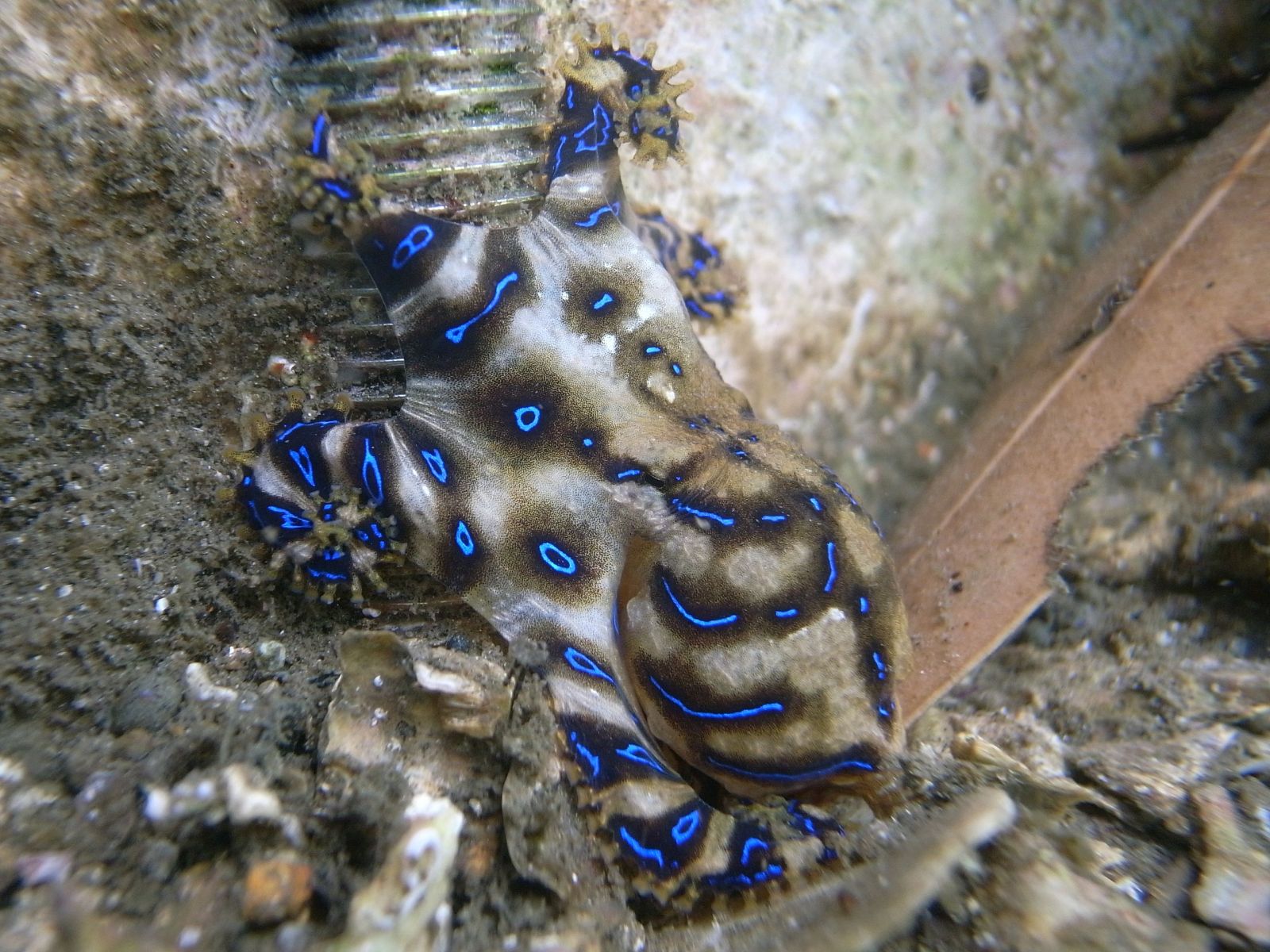The Hidden Danger of Blue-Ringed Octopuses
Octopuses are often celebrated for their intelligence and remarkable ability to blend into their surroundings. However, beneath their seemingly harmless appearance lies a hidden threat, particularly in the case of blue-ringed octopuses. These small but deadly creatures belong to the Hapalochlaena genus and are known for their potent venom, which can be lethal to humans.
The venom of blue-ringed octopuses contains tetrodotoxin, a powerful neurotoxin that has no known antidote. This substance is capable of paralyzing or even killing a human within hours. Interestingly, tetrodotoxin is also found in pufferfish, but it is 1200 times more toxic than cyanide. Despite its extreme potency, these octopuses do not produce the toxin themselves. Instead, they rely on symbiotic bacteria living in their salivary glands to synthesize the venom. This unique partnership allows the octopus to defend itself against predators and efficiently capture prey.
Beyond defense, blue-ringed octopuses also use their venom in reproduction. Male blue-ringed octopuses, which are much smaller than females, can temporarily paralyze their mates to avoid being eaten during mating. Meanwhile, females inject their eggs with toxin to protect them from potential predators. This strategy ensures the survival of their offspring in a dangerous environment.
Although blue-ringed octopuses are highly venomous, fatal encounters with humans are rare. Most bites occur when people accidentally touch or provoke the octopus. In such cases, immediate medical attention is critical. Treatment typically involves providing respiratory support and maintaining vital functions until the body naturally eliminates the toxin. The effects of tetrodotoxin can vary widely among individuals, ranging from no symptoms to death within a few hours.
How Tetrodotoxin Affects the Human Body
Tetrodotoxin works by blocking sodium channels in nerve cells. These channels are essential for transmitting electrical signals between nerves and muscles. When blocked, the nerves cannot send messages to the muscles, leading to progressive paralysis. If the paralysis reaches the respiratory muscles, it can result in asphyxiation. While the heart can also be affected, this is less common.
Because there is no known antidote, treatment focuses on supporting the body’s vital functions. Medical professionals may need to provide artificial respiration and monitor the patient closely until the toxin is cleared from the system. Early intervention is crucial in preventing severe complications or death.
The Significance of Their Colorful Appearance
One of the most striking features of blue-ringed octopuses is their vibrant blue rings. These colors serve an important purpose: they act as a warning signal to potential predators. This type of coloration is known as aposematic coloration, which is used by many animals to communicate their danger. The blue rings are only visible when the octopus feels threatened, allowing it to remain camouflaged in its environment otherwise.
This defensive mechanism helps the octopus avoid unnecessary confrontations, conserving energy and reducing the risk of injury. By combining visual warnings with their potent venom, blue-ringed octopuses have developed a highly effective strategy for survival in their marine habitat.
Understanding the Threat
Despite their small size, blue-ringed octopuses pose a serious threat due to the power of their venom. Their ability to deliver a lethal dose in a short amount of time makes them one of the most dangerous creatures in the ocean. However, their rarity in causing human fatalities highlights the importance of awareness and caution when encountering these animals in the wild.
As research continues to uncover more about natural toxins and their effects, understanding the mechanisms behind tetrodotoxin and similar substances becomes increasingly valuable. This knowledge not only aids in developing better treatments for venomous bites but also enhances our appreciation for the complex adaptations found in nature.







